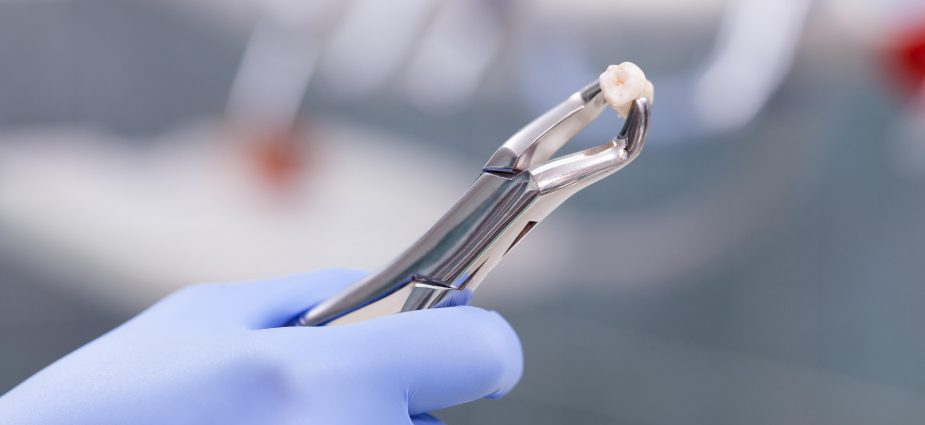Tooth extraction is, albeit a small one, but an operation with all its intrinsic features, manipulations and consequences. But a successful tooth extraction, unfortunately, is not always enough for a successful outcome.
Most complications, as a rule, develop with improper care of the hole of the tooth and the oral cavity after surgery. Therefore, the dentist should give the patient advice on how to properly care for the hole after tooth extraction and warn him about possible problems.
Causes of tooth extraction
Why remove teeth? The reasons for which the dentist-surgeon has to remove a patient’s tooth are very diverse: these are teeth that are severely damaged by caries and are no longer treatable, teeth with periodontal disease (gum disease), broken teeth or teeth with root cracks that cannot be repaired, teeth, having the wrong position in the dentition.

How to remove a tooth?
The process of tooth extraction begins with a thorough examination of the oral cavity of the patient, X-rays of the tooth, to assess its condition, the roots and the location of the bone around them.
Next is the anesthesia of the tooth itself and its surrounding tissues.
After the anesthesia works, the doctor will stop directly removing the tooth from the gums. To do this, the dentist first expands the hole of the tooth, swinging the tooth with special tools back and forth.
This helps to free the tooth from the ligaments that hold it in the hole. After that, the tooth is easily removed. But it happens that the tooth is very tight in the hole, or its roots have a complex structure, so sometimes the dental hospital in west Delhi has to cut the tooth into fragments and extract them separately.
The extracted tooth or root must be carefully examined to ensure complete removal. Therefore, all deleted fragments should be folded into a separate tray, and not thrown into the bowl.
After that, the doctor carefully inspects the hole with a surgical spoon, and also assesses the condition of the gums, as with a rough tooth extraction or non-compliance with the technique of the operation on the gum, damage may occur that must be repaired.
Then a sterile gauze pad is applied over the well in such a way that the patient can easily bite and hold it for 10-15 minutes. You do not need to hold a tampon in your mouth for more time. It will interfere with the formation of a blood clot due to accumulated saliva.
If after that the patient does not have bleeding, dental hospital in west Delhi can let him go home, after telling about the care of the oral cavity after the extraction of the tooth and having appointed a repeated intake in a few days.
Antibiotics after tooth extraction
The doctor prescribes antibiotics to the patient after the extraction of a tooth only if there is an infectious-inflammatory process in the oral cavity. If at the time of the operation the patient has a flux, abscess, periodontitis, etc., antibiotics are prescribed immediately after the removal of the tooth.
If there is no threat to the patient’s health, there is no need to drink medications without the need for a safety net, because they kill not only harmful bacteria, but also destroy beneficial microflora and suppress immunity.
